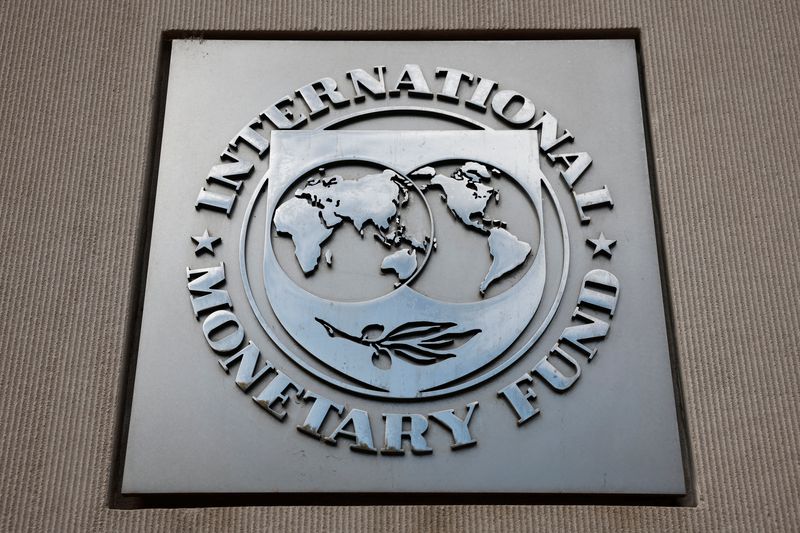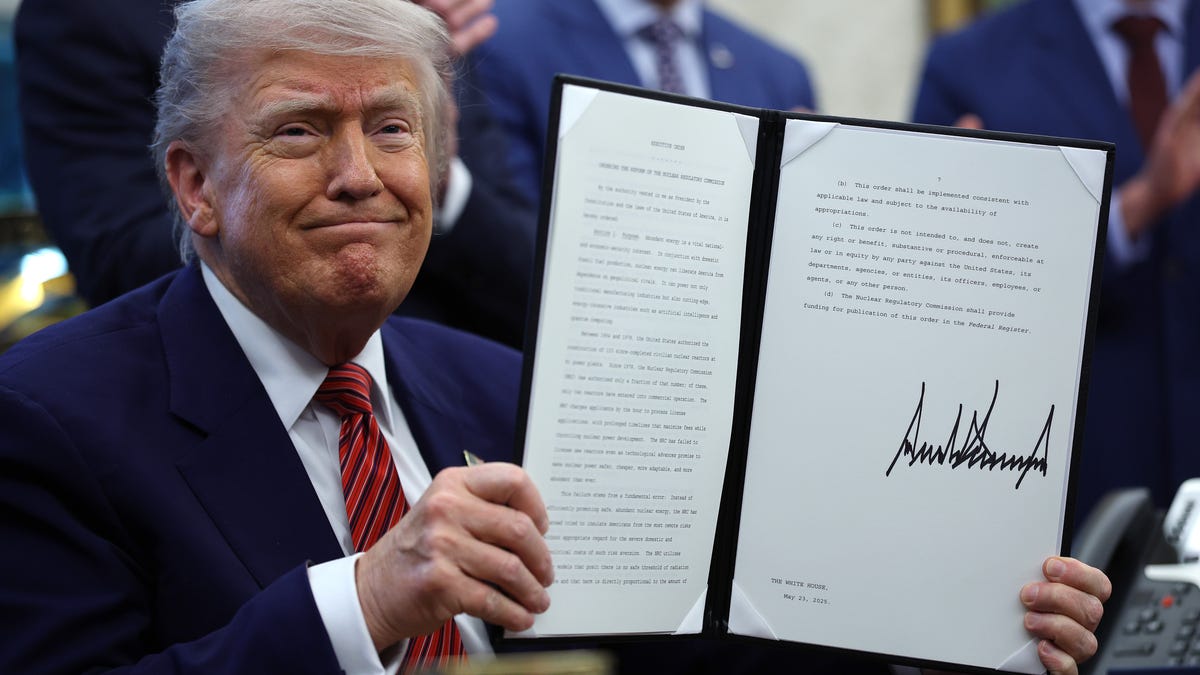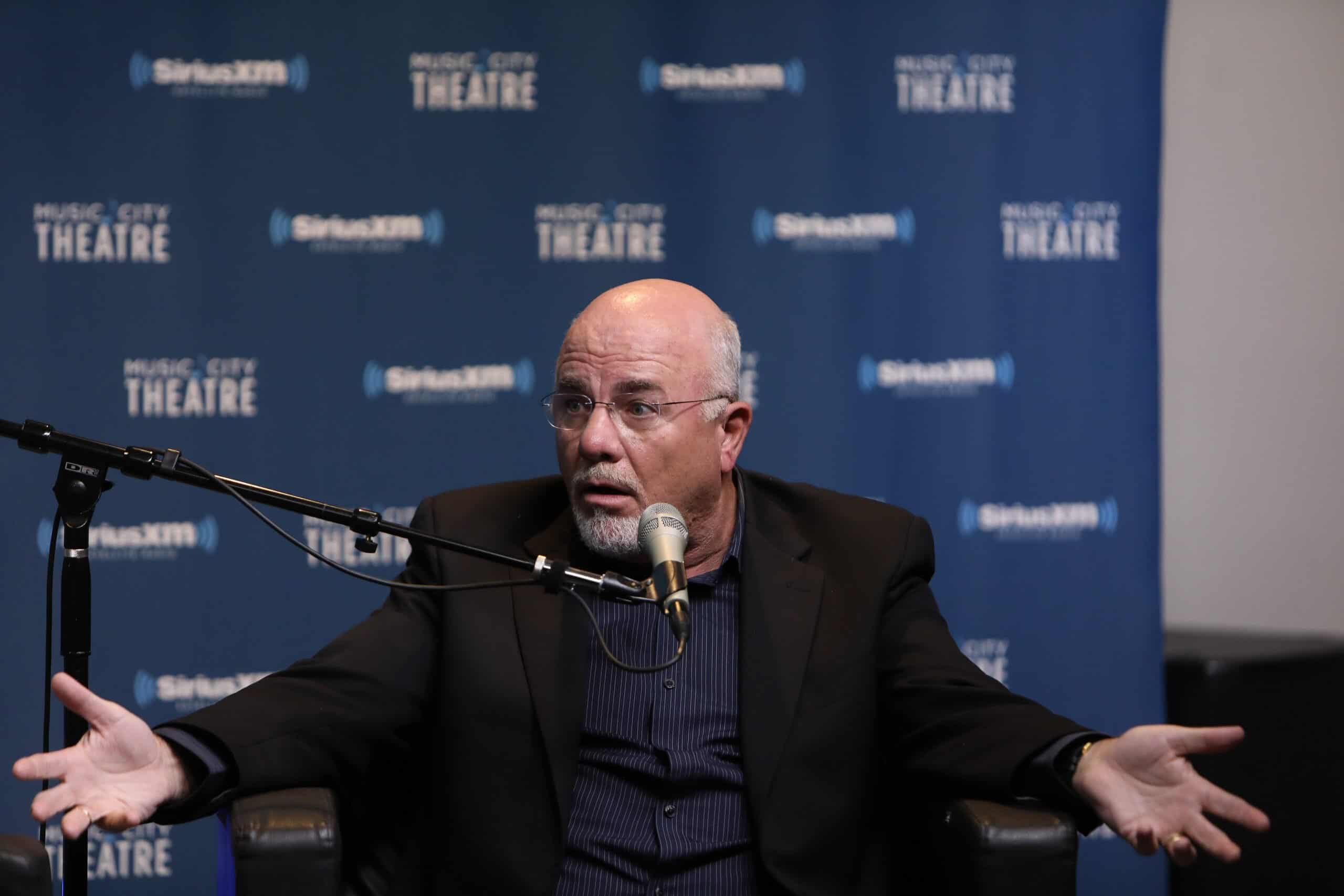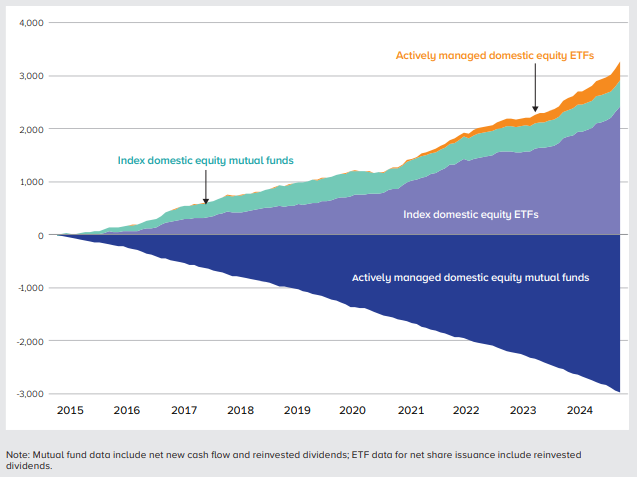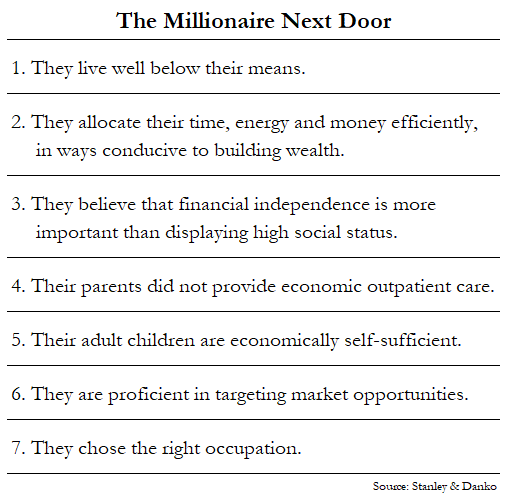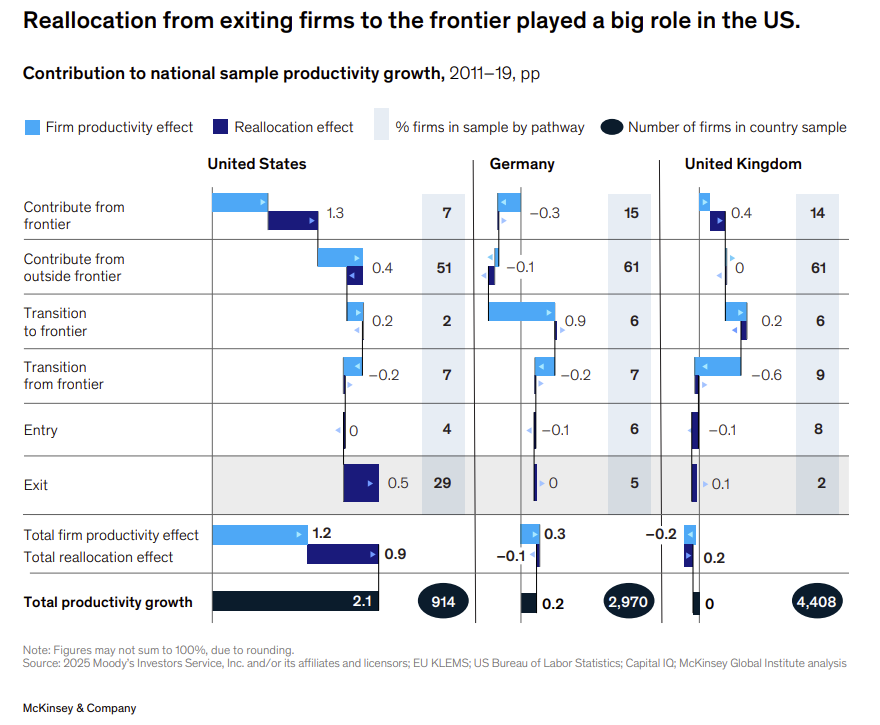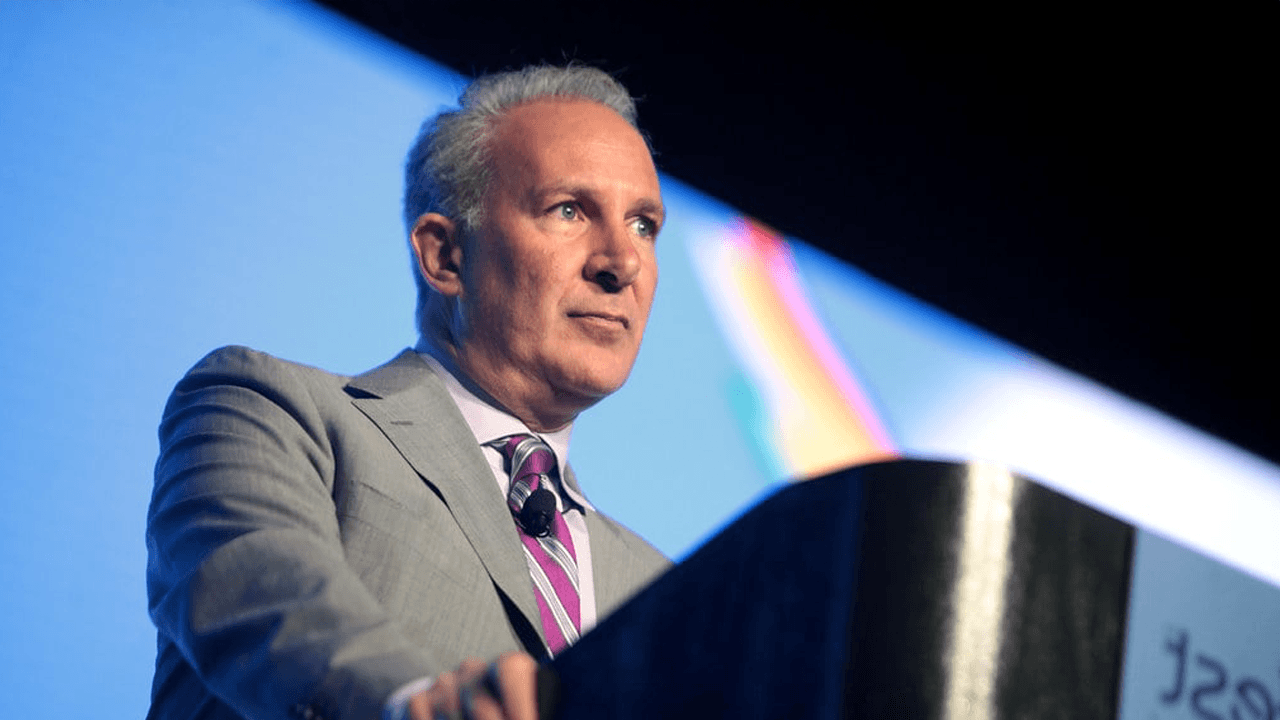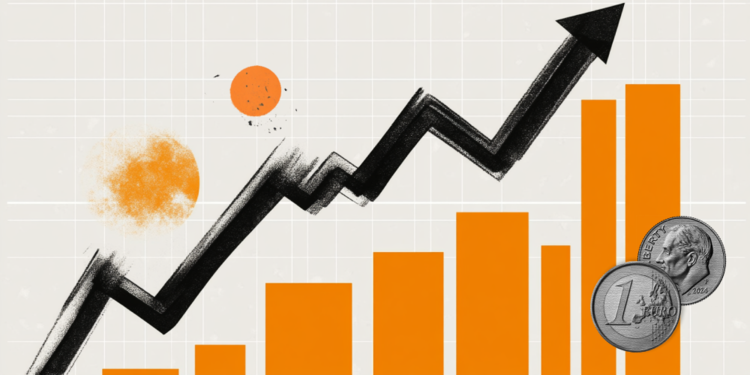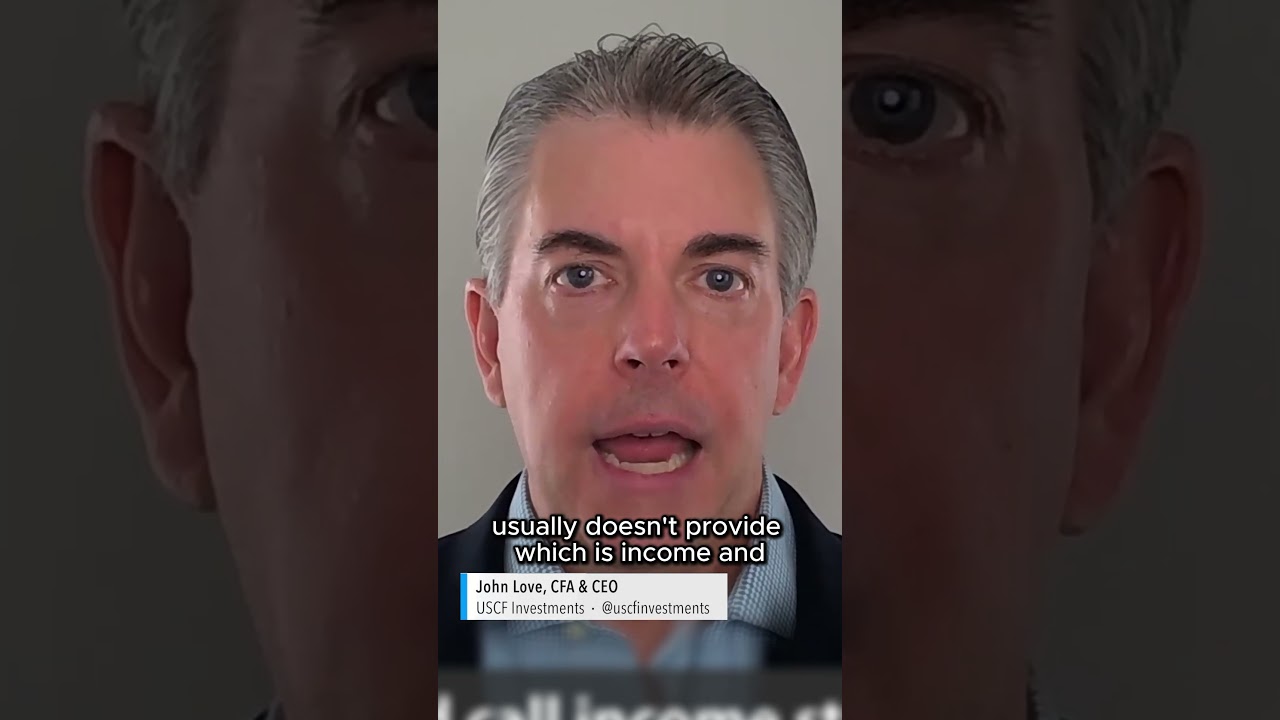Beyond Saving: What We’re Missing in Our 20-Year Retirement Plan
One of the most important aspects of jumping into the FIRE (financial independence, retire early) movement is to know exactly how much you think you need to retire. This is true whether you are a member of FIRE, fatFIRE, ChubbyFIRE, coastFIRE, or any other group that wants to retire as early as possible. For a […] The post Beyond Saving: What We’re Missing in Our 20-Year Retirement Plan appeared first on 24/7 Wall St..

One of the most important aspects of jumping into the FIRE (financial independence, retire early) movement is to know exactly how much you think you need to retire. This is true whether you are a member of FIRE, fatFIRE, ChubbyFIRE, coastFIRE, or any other group that wants to retire as early as possible.
This Redditor is worried about ensuring she has enough money to retire by turning 60.
Far too many people in the FIRE community ignore how much inflation will affect their total savings.
Fortunately, this Redditor is already taking all the proper steps, even if she didn’t know it.
Are you ahead, or behind on retirement? SmartAsset’s free tool can match you with a financial advisor in minutes to help you answer that today. Each advisor has been carefully vetted, and must act in your best interests. Don’t waste another minute; get started by clicking here.(Sponsor)
Key Points
For a Redditor posting in r/ChubbyFIRE, she asks a good question about how much she and her spouse need to save and how to navigate inflation. It should go without saying that far too many people in the FIRE movement don’t account for inflation as much as they should, so good on this Redditor for thinking ahead.
Current Situation
In this specific scenario, we have a 41-year-old physician Redditor, the primary breadwinner, who recently finished paying off her student loans. She currently makes around $450,000 annually, while her spouse, who is 45, only makes around $80,000.
The couple has around $750,000 in a 401(k) account, which will likely increase significantly as they boost their savings by $100,000 annually. All of this money will be placed into tax-deferred accounts, and although the Redditor doesn’t know if she wants to retire early, she wants to have a sizable amount of cash available by the time she turns 60.
The hope is that they can comfortably spend around $200,000 annually by this age, which she calculates to mean around $5 million in total savings/investments.
However, she is having a hard time accounting for inflation and, after playing around with some compound interest calculators, she’s still a little confused about how to know exactly what her FIRE number should be. More importantly, she’s worried about what is missing from her plan and wants to find out before it’s too late.
How to Navigate Inflation
While the Redditor thinks she’s missing out on something, she’s actually pretty spot on with her calculations. One of the best ways to navigate inflation as part of retirement savings is to subtract the average inflation amount between 2.5% and 2.9% annually from the percentage you want to earn.
In other words, most people look at the S&P 500 providing an average return of around 10%, but this doesn’t account for inflation. Instead, what this Redditor believes she is missing but has already done is only factoring her math at 6% interest. If she saves $8,500 per month, at a 6% interest rate, she will have $5.7 million in 19 years when she turns 60.
The best case here is to account for everything in today’s money, which likely means that most people would argue 10% growth minus 3% for inflation should be calculated at a 7% real return. This Redditor is being a little more conservative at 6%, but it doesn’t really matter in this case because if she gets an extra percentage, she simply has more money to spend, which is hard to argue against.
This is the best possible feedback for the Redditor, and should give her confidence that she is very much on target. However, there is a caveat, as she is thinking that the $200,000 annual spend she is looking for when she turns 60 is after taxes. This would mean that she would likely need north of $6 million and maybe even close to $7 million to truly account for that at a 4% safe withdrawal rate.
As a side note, the Redditor receives questions about whether her husband can increase his salary to accommodate increased savings. The caveat here is that the husband’s job, while lower paying, allows him to have a flexible schedule that stops the family from spending a ton on childcare, which would undoubtedly eat up any potential increase to his salary.
The good news is that this Redditor is closer to being on track than she might have originally thought. This is echoed throughout the comment section by other Redditors, many of whom are in similar financial situations and all have adopted equally similar inflation strategies by dropping their average rate of return.
The post Beyond Saving: What We’re Missing in Our 20-Year Retirement Plan appeared first on 24/7 Wall St..





